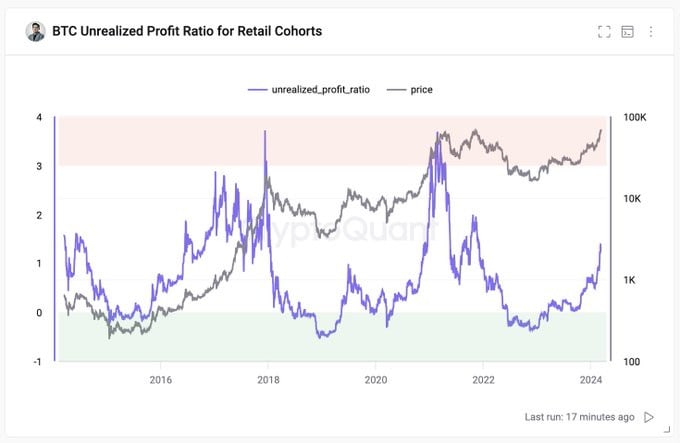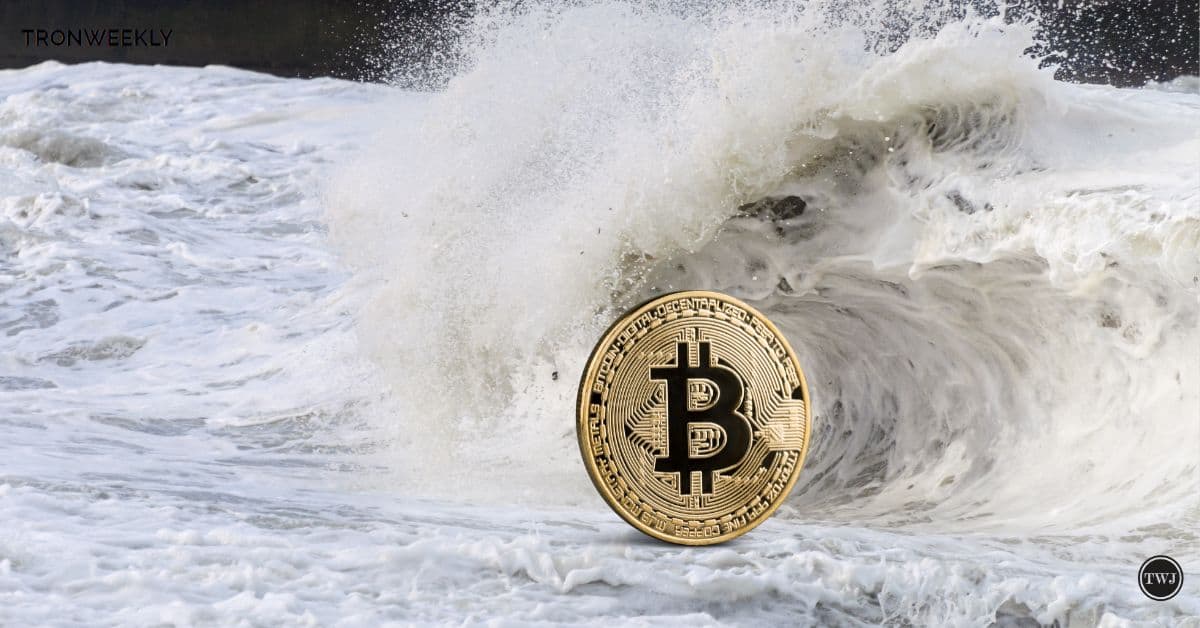Bitcoin’s scintillating run to new peaks has sparked a celebrity frenzy. From major artists like Jay-Z and Soulja Boy to YouTube rappers like DDG and C.K.Hi, all have adjusted to the digital financial trend. Rapper Meek Mill, aka “Meek Mandela,” went one step ahead and announced via Twitter that he joined the SHIBArmy. Also, rumors circulate that Jay-Z has substantial influence in the digital asset landscape, as he’s reportedly a silent investor in the Robinhood app.
But what caught everyone’s attention is that rap icon Drake recently shared a video on his Instagram handle featuring Michael Saylor discussing BTC on national TV. It’s widely known that Drake’s endorsement of digital assets goes beyond marketing; he has a stake in the crypto betting platform Stake. BTC proponents are ecstatic about Drake’s shout-out to his 146 million followers, with some predicting a massive surge in retail FOMO.
One commentator anticipated that millions of Drake’s followers would now join the Bitcoin bandwagon, emphasizing the potential impact on exit liquidity: “Millions of his followers will buy Bitcoin and get into crypto. Understand that our exit liquidity is here, and retail will FOMO in harder than ever.”
Bitcoin Euphoria Is Halfway There
As Bitcoin surges above $70,000, retail interest in the digital asset market appears to be gaining momentum. According to CryptoQuant’s founder and CEO, Ki Young Ju, half of retail has arrived, and the broader crypto market is halfway to Bitcoin euphoria. The graph below shows the unrealized profit for retail wallet cohorts, indicating the market likely reaches a cyclical top when everyone is in profit.

Although it is difficult to gauge the exact number of people in the space, “price is the best marketing tool for adding users, but they lag price by a lot. It’s way more accurate to measure users through Google trends, searches, or app downloads,” wrote one user.
Young Ju acknowledged that it’s hard to know how “many” retail investors joined relying solely on on-chain data. This is more similar to measuring the intensity of the retail cycle through retail on-chain activities, he emphasized. Another viable approach could be comparing that data with crypto exchange app downloads by region and by the exchange, or checking the retail increase for each country/region separately.

